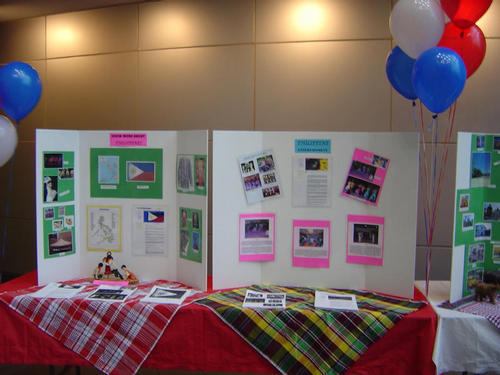
Exhibit Overview :
|
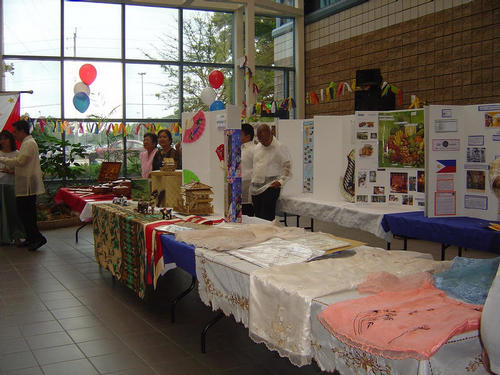
Poster Displays, Philippine native clothing, handicrafts and other paraphernalia
|
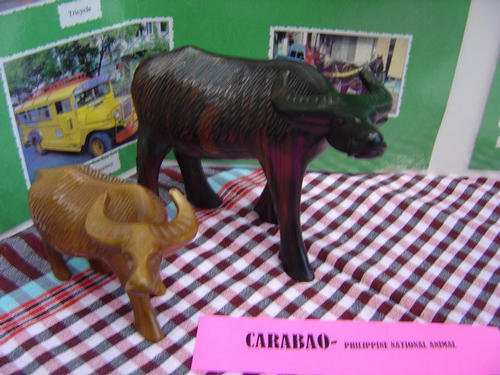
Carabao : Philippine Breast of Burden in Rice Farming
In remote areas of the country, the carabao may be used as the mode of transportation and source of dairy products.
|
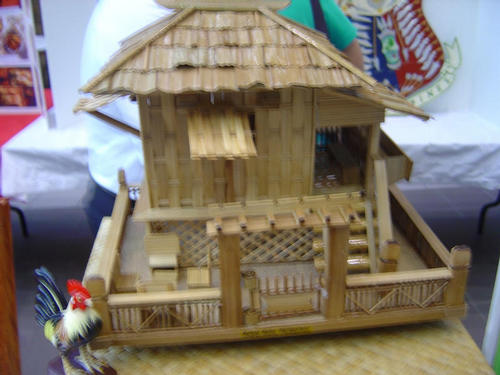
Buhay Kubo - Traditional rural Filipino abode made entirely out of the coconut tree. These homes can sometimes be transported by townfolk on their shoulders through the "Bayanihan" or togetherness and cooperative spirit.
|

(Front) Carabao, better known as water buffalo, Philippine jeepney and the "Sorbetero", the neighborhood ice cream vendor
(Background) The 2,000 year old Banawe Rice Terraces :"Stairway to the Skies", Wood Carvings of Filipino aborigines.
|
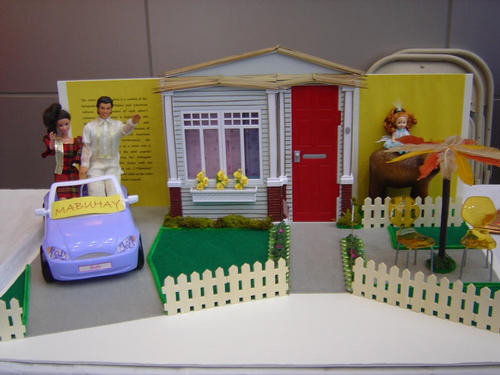
Philippine version of Barbie and Ken
Welcoming (Mabuhay) Guests to their suburban Manila toy home
|
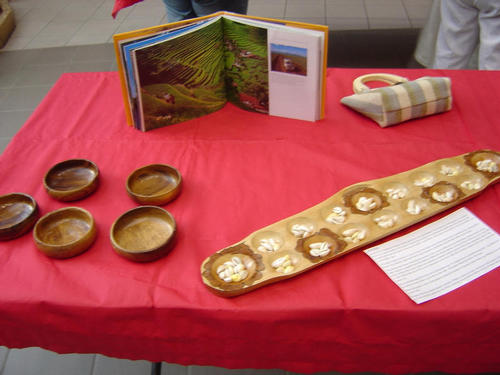
The Sungka Board, which may once have been used as a kind of abacus whose mathematical algorithms uses the eight-based counting systems. Its main purpose in modern times is to serve as a sedentary game wherein the player who collects the most shells wins.
|
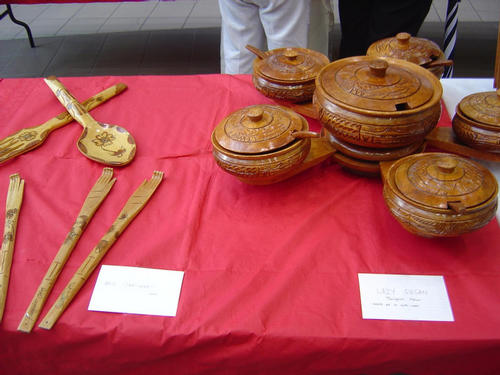
Lazy Susan and Kitchen Utensils made out of Philippine hardwood.
|
|
|
|
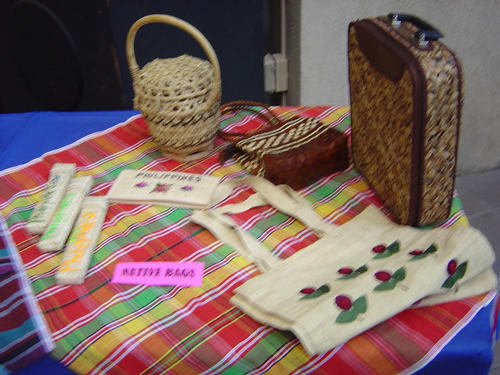 Philippine handicrafts made out of the dried leaves of indigenous flora.
Philippine handicrafts made out of the dried leaves of indigenous flora.
|
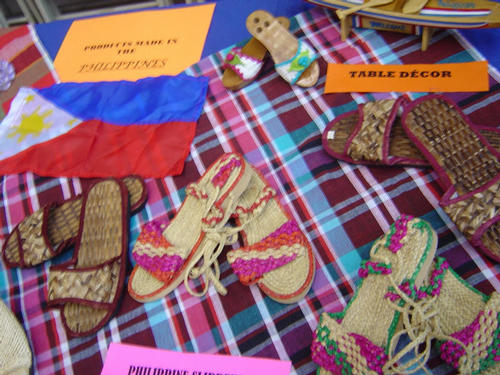 Materials are used to withstand rain as well as wear and tear.
Materials are used to withstand rain as well as wear and tear.
|
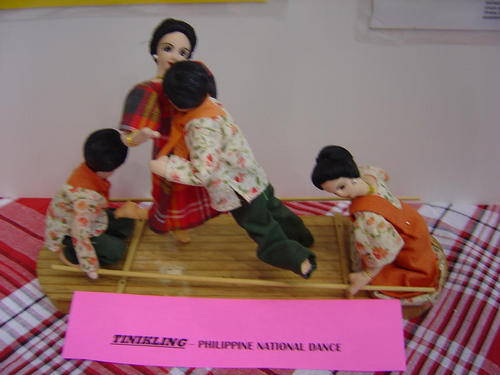 Tinikling or "Bamboo dance" is the Philippine national dance. two people hitting bamboo poles on the ground and against each other in coordination with one or more dancers who step over and in between the poles in a dance.
Tinikling or "Bamboo dance" is the Philippine national dance. two people hitting bamboo poles on the ground and against each other in coordination with one or more dancers who step over and in between the poles in a dance.
|
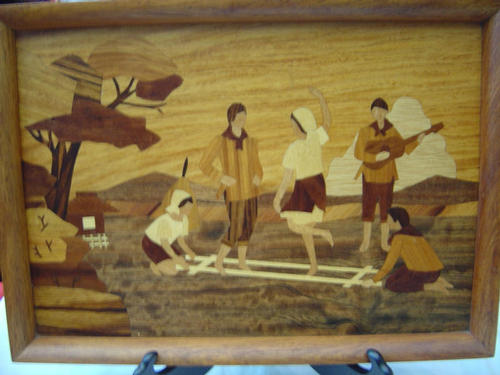 It originated in Leyte among the Visayan islands in central Philippines as an imitation of the tikling bird.
It originated in Leyte among the Visayan islands in central Philippines as an imitation of the tikling bird.
|
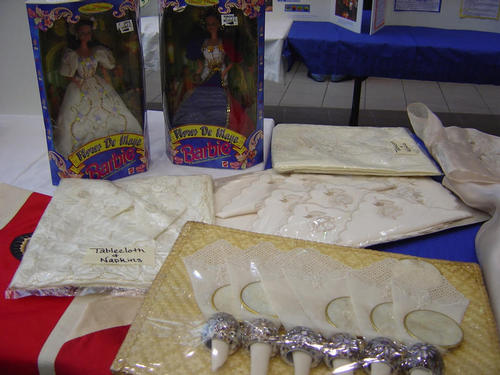 Philippine Centennial versions of Barbie in national costumes. Embroidered jusi tablecloth and napkins held together with napkin holders made out of shells of snails. Coasters made out of capiz shells adorn the dinner table.
Philippine Centennial versions of Barbie in national costumes. Embroidered jusi tablecloth and napkins held together with napkin holders made out of shells of snails. Coasters made out of capiz shells adorn the dinner table.
|
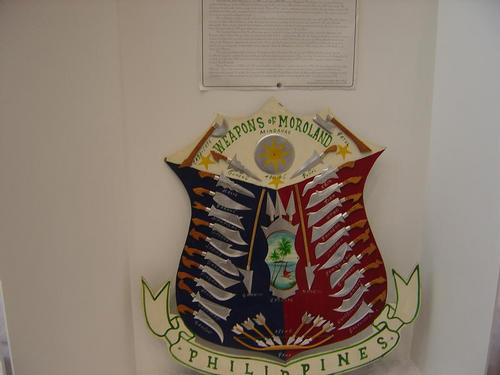 The Moroland (presently known as "Southern Philippines"), whose people are predominantly Muslim, has through the centuries, fiercely resisted conversion to Christianity by the Spaniards, the Americans and the predominantly Christian Manila-based government. It is composed of Mindanao island (the country's second largest island), Palawan, Basilan, the Sulu archipelago and neighbouring islands. Islam was introduced to the islands in 1210A.D.
The Moroland (presently known as "Southern Philippines"), whose people are predominantly Muslim, has through the centuries, fiercely resisted conversion to Christianity by the Spaniards, the Americans and the predominantly Christian Manila-based government. It is composed of Mindanao island (the country's second largest island), Palawan, Basilan, the Sulu archipelago and neighbouring islands. Islam was introduced to the islands in 1210A.D.
|
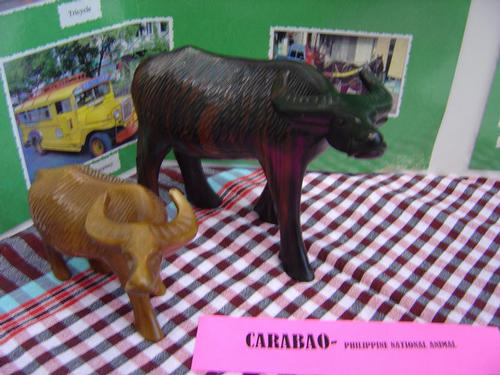
|
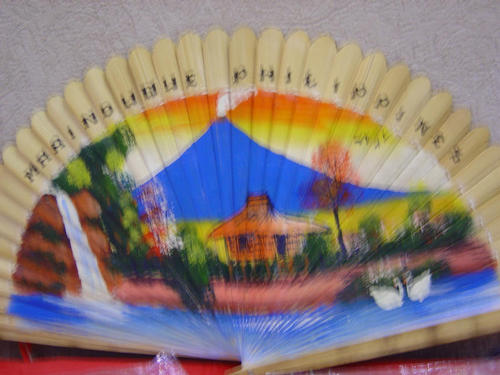
|
|
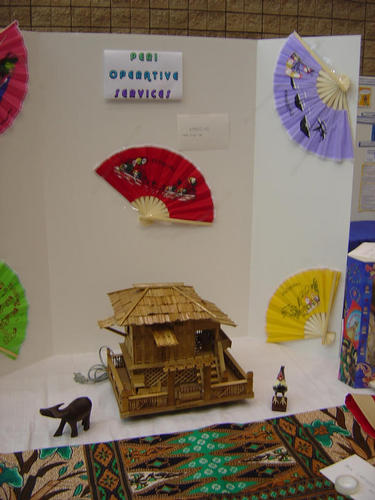
Hand-painted "Abanikos" or fans, made out of bamboo, are a visual delight as they provide comfort from the tropical heat
|
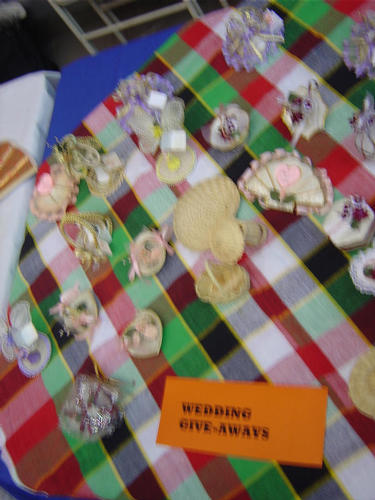
Philippine handicrafts made out of capiz and mother-of-pearl shells
|
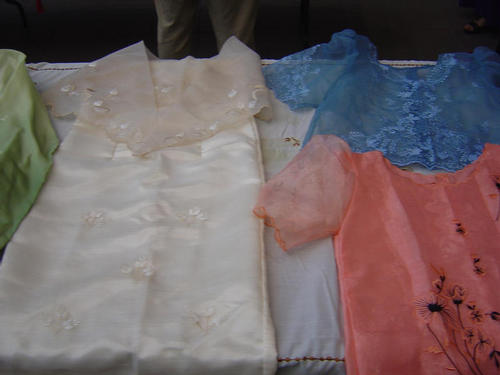 Display of National Costumes with different types of embroidery in multiple hues and shades
Display of National Costumes with different types of embroidery in multiple hues and shades
|
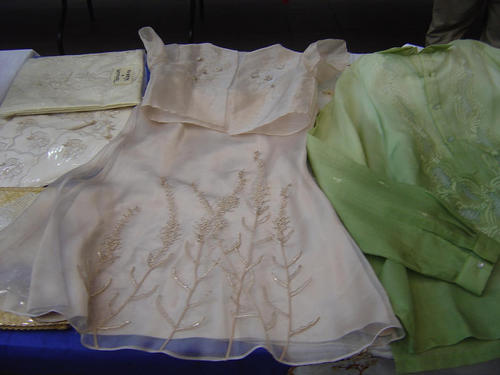
|
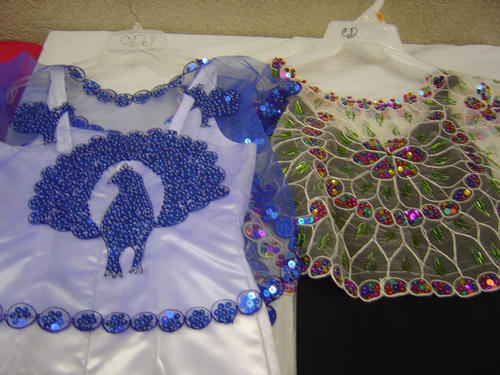
|
|
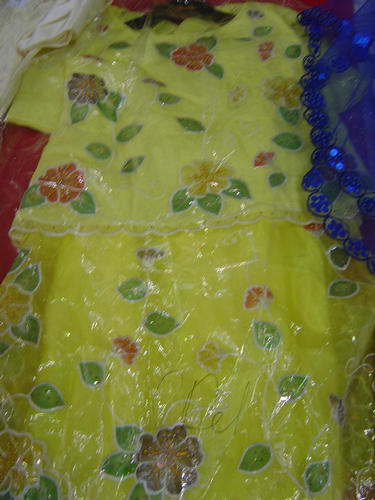
|
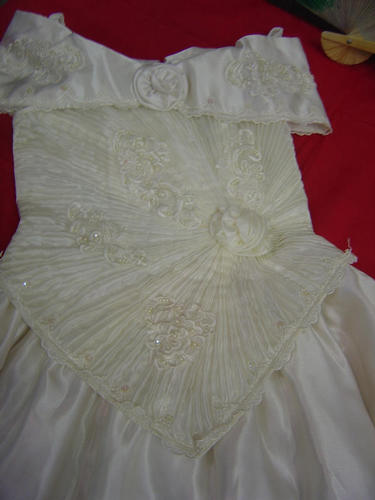
|
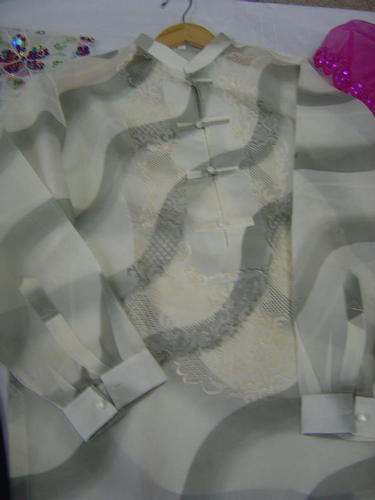
|
|
|
|